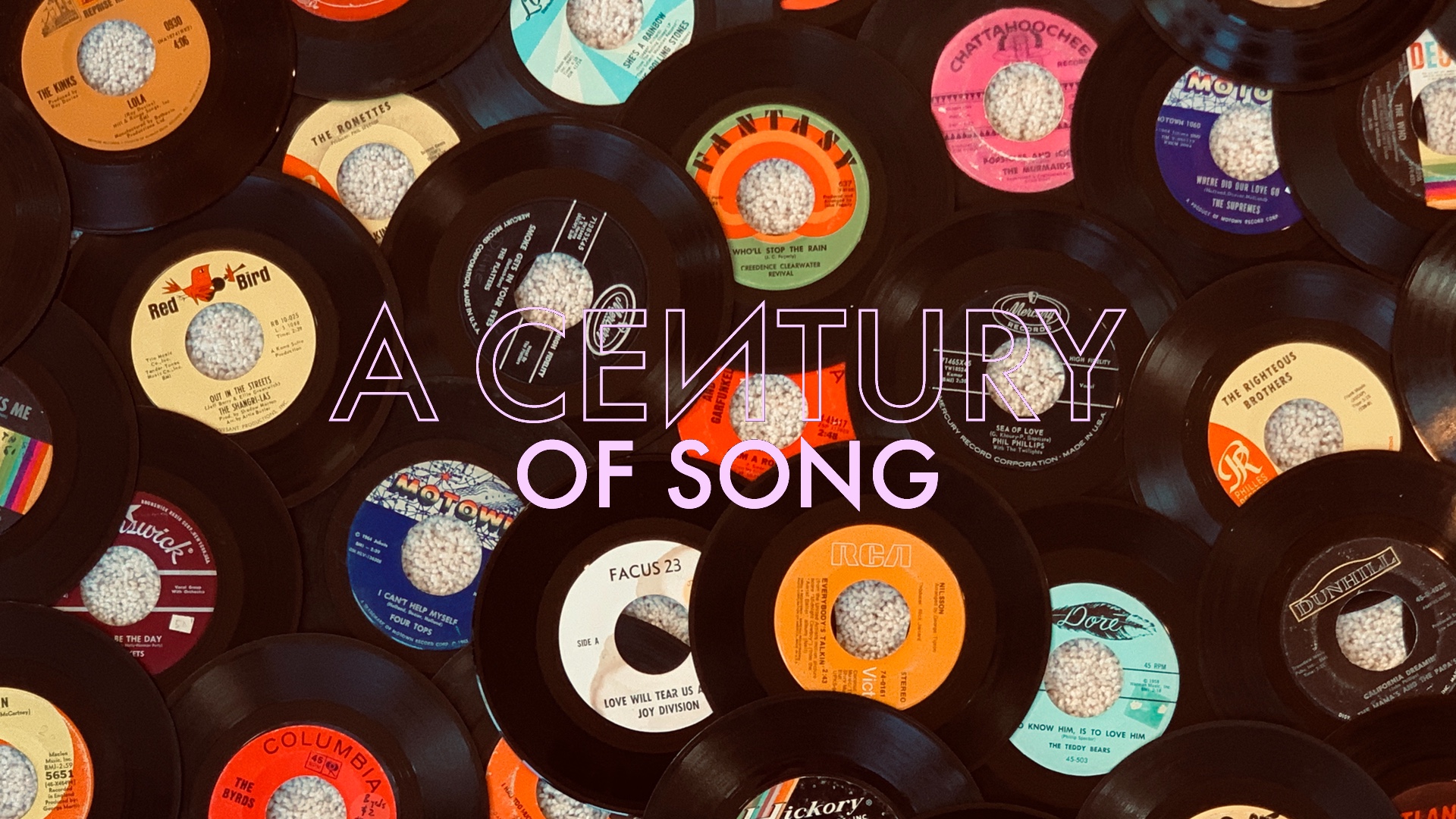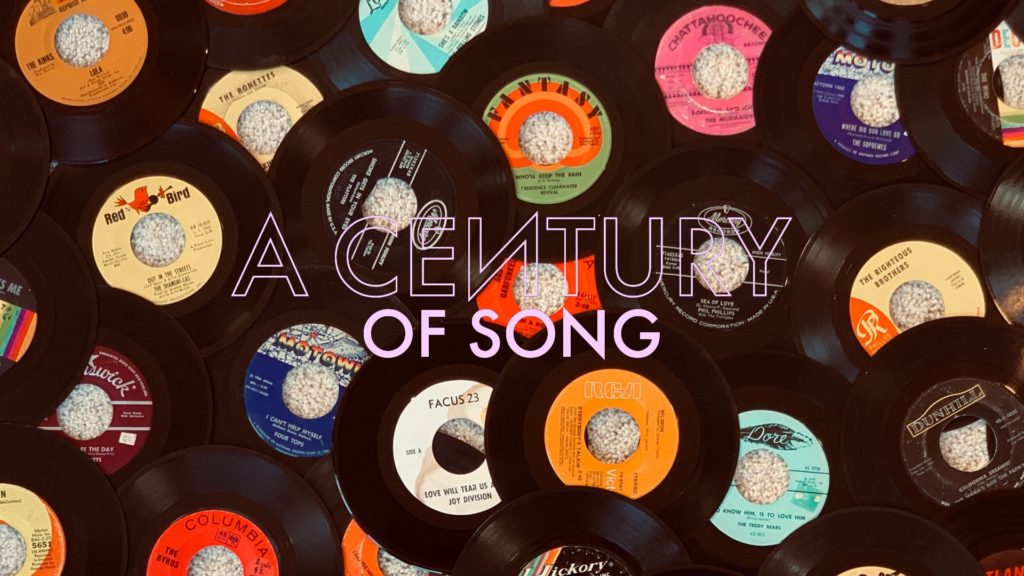
A Century of Song is an attempt to summarize 100 years of popular music through 1000 carefully chosen tracks. Included within this list are landmark singles, stellar album cuts, huge hits, hidden gems, and more than a few personal favorites. Read the introduction for the project here, and enjoy the embedded videos and Spotify playlist.
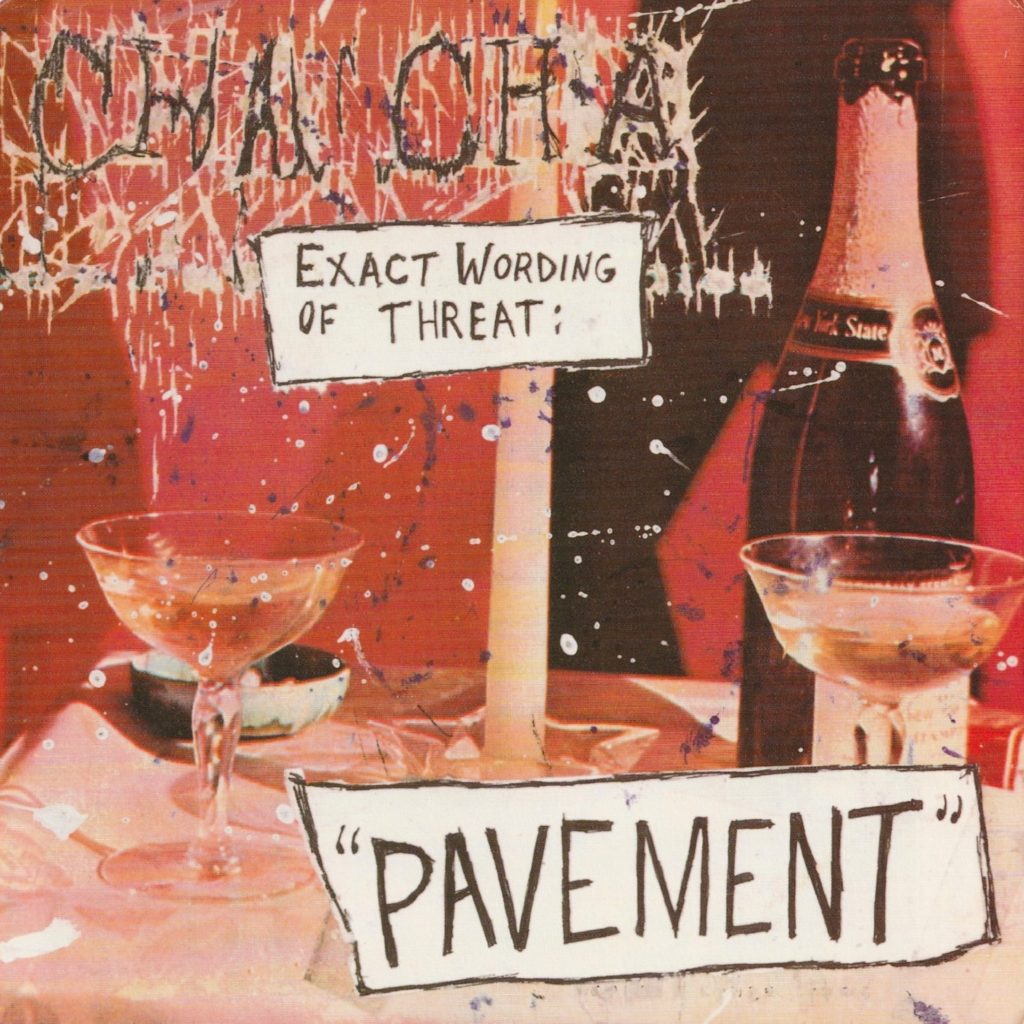
220
Aside from the 1989 EP track “Box Elder,” Pavement’s early work gave little insight into the fractured pop genius of the band’s principal songwriter, Stephen Malkmus. Released in August of 1991 – and reprised on the band’s full-length debut – “Summer Babe” was the group’s most pristine and appealing song to date.
Of course, even “pristine” would prove to be a relative term in regard to Pavement. Barely sanding off the rougher edges of their earlier recordings, “Summer Babe” introduced 1992’s Slanted and Enchanted in all of its lo-fi glory. Buzzy, decidedly homespun, and impossibly catchy, the song would become something of a touchstone – an unclaimed anthem for the so-called “slacker generation.”
Malkmus would often be accused of writing in an “elliptical” manner. “Summer Babe” is rife with cryptic lyricism, but its sentiment is nevertheless sold by the track’s intimate, no frills production and melodic warmth. In short time, Pavement would spawn legions of copycats, but none who could match the seemingly effortless charm of “Summer Babe.”
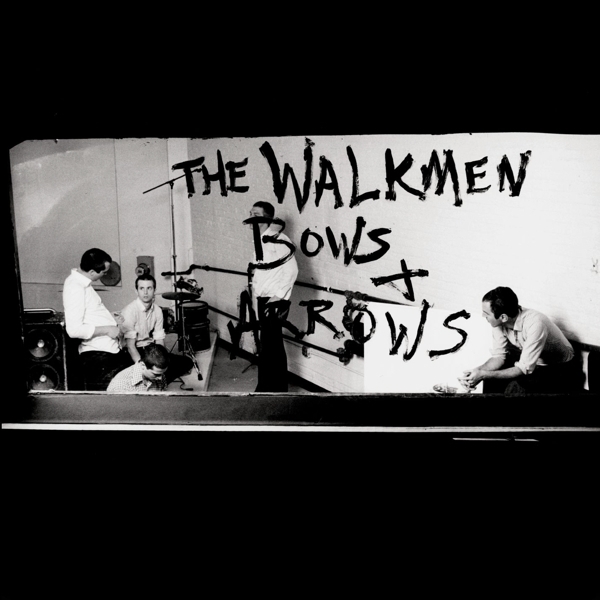
219
The Walkmen were not the biggest name among the New York City bands that broke through to national success in the early-2000s, but they did create a song that outlasted anything released by their contemporaries. The first single from the group’s second album, 2004’s Bows + Arrows, “The Rat” was unquestionably one of the decade’s finest – and fiercest – rock songs.
Propelled by the drum work of Matt Barrick, “The Rat” explodes out of the gate with an intensity that was unmatched by anything that the generally demure indie rock of the 2000s had to offer. There is both a grandeur and an intimacy to the song’s production that made it particularly striking, and the vocals of Hamilton Leithauser conveyed a similarly polarized state; one caught between both the angst and resignation of modern malaise.
For me, one positive side effect to The Walkmen’s smaller commercial impact – at least in comparison to contemporaries such as Interpol and The Strokes – was that it meant getting to see them in small clubs on multiple occasions. Already a powerful song on record, “The Rat” transformed into a force of nature in a live setting. Seeing it performed live remains a highlight of the concert-going days that – at present – seem like a lifetime ago.
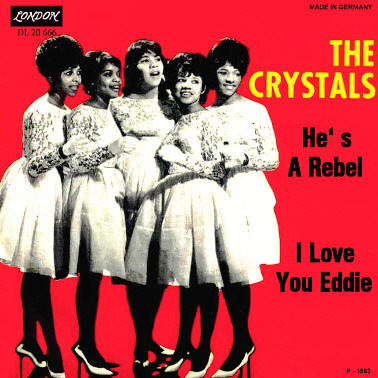
218
While it was far from the worst thing that he ever did, Phil Spector pulled kind of a dick move with this track – a number one hit for The Crystals, who ultimately had nothing to do with its recording. Performed by The Blossoms, and featuring Darlene Love on lead vocals, Spector opted to credit the single to The Crystals – a far more popular group, whose prior success would help the song become a much bigger hit than it would have otherwise.
“He’s a Rebel” was written by Gene Pitney, himself in the middle of a run of successful charting singles. While it was still rare for pop stars to write their own songs – especially true for women in a male-dominated industry – Spector’s decision to not even credit The Blossoms with the song only further underscored the idea that girl groups were not expected to be taken seriously as artists.
Still, “He’s a Rebel” stands as one of the most exemplary displays of both the girl group sound, and Spector’s novel production techniques. Hal Blaine’s rolling toms, the plinking piano melody, and a great group vocal performance – regardless of who got the credit for it – all made for one of the most irresistible pop tracks of the early sixties.
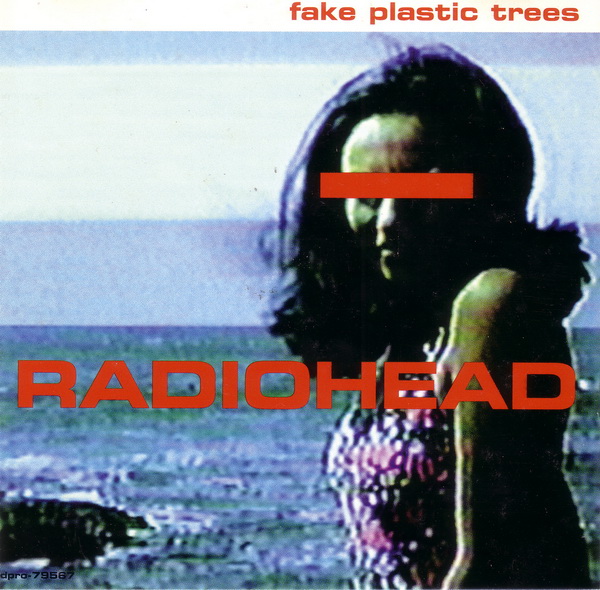
217
There is a non-insignificant subset of Radiohead fans that consider 1995’s The Bends to be the Oxford quintet’s finest album. For those listeners, it’s quite possible – even likely – that the gorgeous “Fake Plastic Trees” represents the band’s platonic ideal.
A lush track that includes inadvertent foreshadowing to the post-modernist themes of the group’s subsequent work, “Fake Plastic Trees” builds to an anthemic climax. Wisely, Radiohead avoid overplaying the power ballad angle, while retaining sincere emotional resonance, and ultimately, it’s the band’s noted gift for nuance that makes the track so effective.
A truly lesser band couldn’t have made this song, but it’s not impossible to imagine any number of Radiohead’s Britpop-era contemporaries capturing lightning in a bottle, and crafting “Fake Plastic Trees.” Undoubtedly, any of those groups would’ve spent the rest of their career trying to replicate that magic. Radiohead had other plans.
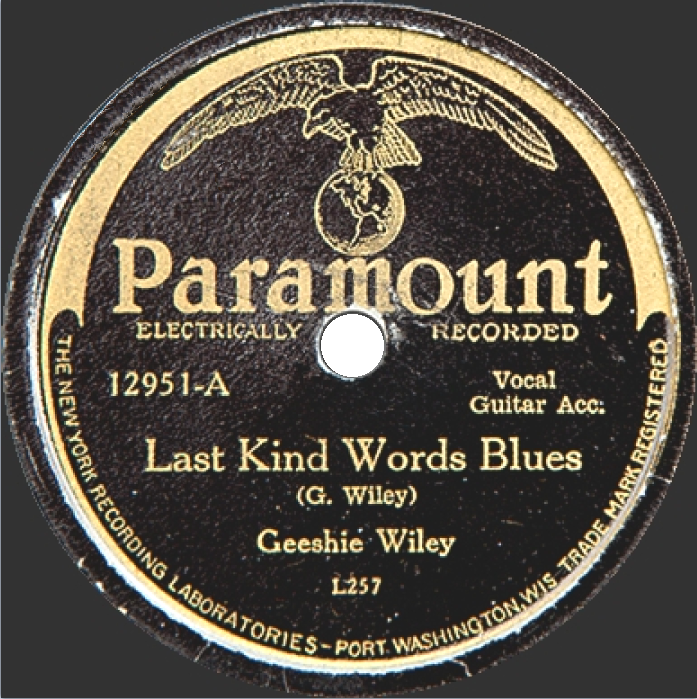
216
Very little is known about the life of Geeshie Wiley, including her true identity. What is known is that Wiley – alongside fellow singer/guitarist Elvie Thomas – walked into a Wisconsin recording studio in April 1930, and recorded six songs. Over the next year, those tracks would be released across three singles for the Paramount label, and Wiley would quickly fade into obscurity.
There’s a mythology to old country blues artists – one that seems to suggest that their obscurity is a fitting and proper part of their legacy, and not the result of exploitive record deals, a lifetime of “bad breaks,” and deeply-seeded disadvantages. It’s tempting to listen to a song like Wiley’s masterpiece, “Last Kind Word Blues,” and imagine it as a spontaneous outburst of pathos, and not the culmination of years spent honing a craft, and pitching that craft to a largely indifferent world.
Whoever she was, somewhere in that mysterious biography, Geeshie Wiley did refine her craft as a singer, songwriter, and guitarist. If even for just a few days, the Texas-based Wiley got an opportunity to create a lasting document of that craft. Though it brought her little-to-no recognition in her own time, we can still feel the gift of its power, nearly a hundred years later.
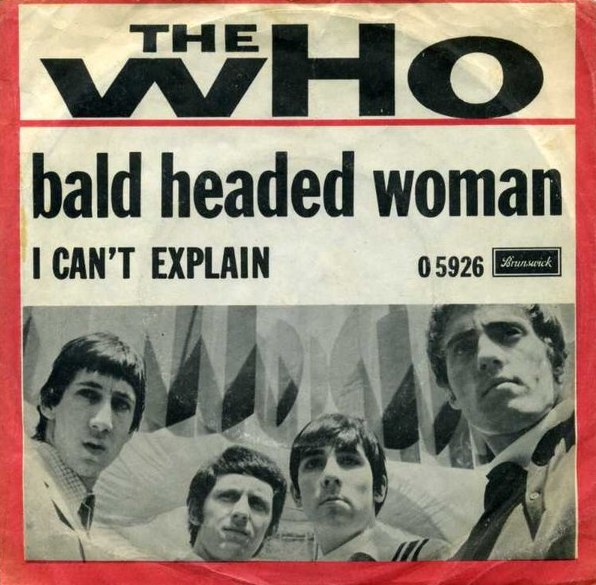
215
While they had already released a single as The High Numbers, “I Can’t Explain” represented the debut of the group that would – in short time – become the most explosive band of the British Invasion. Though one could argue that the track found The Who riding the coattails of earlier power chord-aided singles by The Kinks, “I Can’t Explain” was an outstanding single that harnessed the both group’s unique instrumental talents and the keen melodic sensibilities of bandleader Pete Townshend.
In time, The Who would become synonymous with rock and roll grandeur – pioneering the “rock opera,” and the ambitious arena-ready sounds of the seventies. However, “I Can’t Explain” is pop music in its purest form. Townshend’s jagged riff is enough of a hook on its own, but when paired with Roger Daltrey’s pleading lead vocal and some stellar group harmonies, the song reaches rarified air.
Only the slightest hints of The Who’s wildest impulses shine through on “I Can’t Explain.” It was on the group’s follow-up single – “Anyway, Anyhow, Anywhere” (#881) – that they would really turn up the volume, but this track remains one of the most potent debuts in the history of rock and roll music, and one of the band’s finest moments.
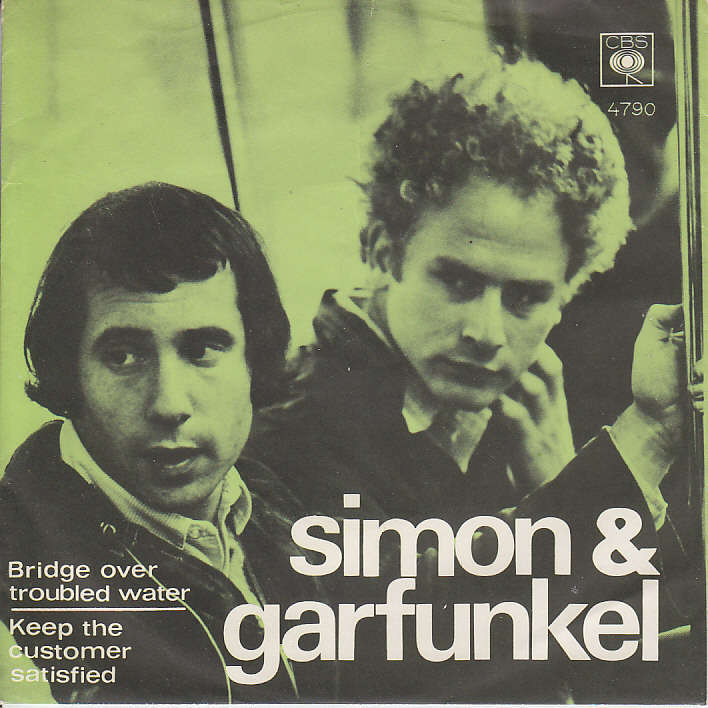
214
It is, perhaps, a bit easy to be cynical when it comes to “Bridge Over Troubled Water.” After all, Paul Simon had already proven to be a remarkably sharp songwriter, one capable of matching his syrupy side with a healthy dose of cynicism. To hear him letting his guard down on a song of unabashed sentimentalism is little short of disarming, and – understandably – it may be a little much for those drawn toward the more grounded moments in his catalog.
With that said, “Bridge” is a stellar piece of songcraft, even if its sentiment and production come across as a bit over the top. Art Garfunkel delivers the most affecting vocal performance of his career, and – for better or worse – the lush orchestration drives the emotionality of Simon’s composition to a satisfyingly grand conclusion.
The heartfelt nature of “Bridge Over Troubled Water” runs counter to the song’s placement in Simon & Garfunkel’s catalog – at least if taken as any kind of commentary on their partnership. Arriving on the verge of the pair’s split – actually, only one of many splits – the song nods to the remarkable body of work that they had created in just a few short years together, but it belies the acrimony that led to their breakup.
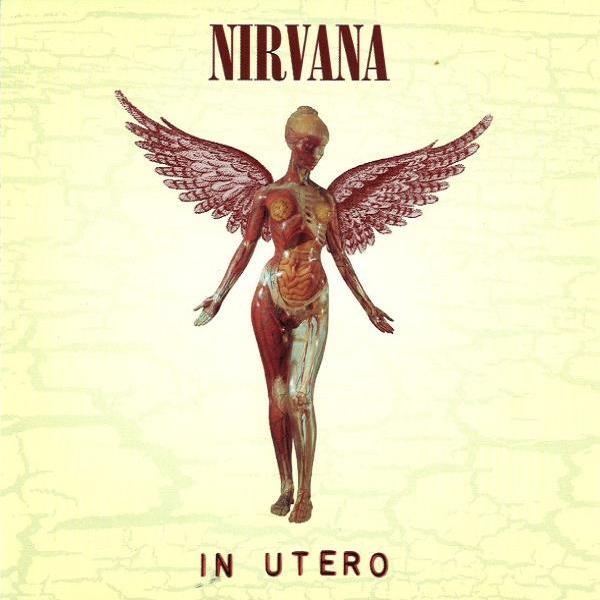
213
The closing song on the last studio album by Nirvana, “All Apologies” carries the immense weight of finality. However, even before it became mistakenly repurposed as Kurt Cobain’s last artistic statement, “All Apologies” was already an immensely poignant act of closure to a phenomenal record – one of the most highly-anticipated releases of its time.
Of course, “All Apologies” was not a new song when it was placed at the end of 1993’s In Utero. Cobain had written the track even before Nirvana entered the studio to record their game-changing second album, Nevermind, and by the time of that record’s release, “All Apologies” was already a regular feature in the band’s live set. Even still, there was a weariness to the In Utero recording that can’t help but feel informed by Cobain’s struggle to adapt to life as one of the planet’s most recognizable rock stars.
“All Apologies” would find second life – and an additional sense of depth – when Nirvana performed it as the penultimate song during their legendary 1993 MTV Unplugged special. That version – and its accompanying video – would take on an even greater sense of poignancy in the wake of Cobain’s suicide in April of 1994.
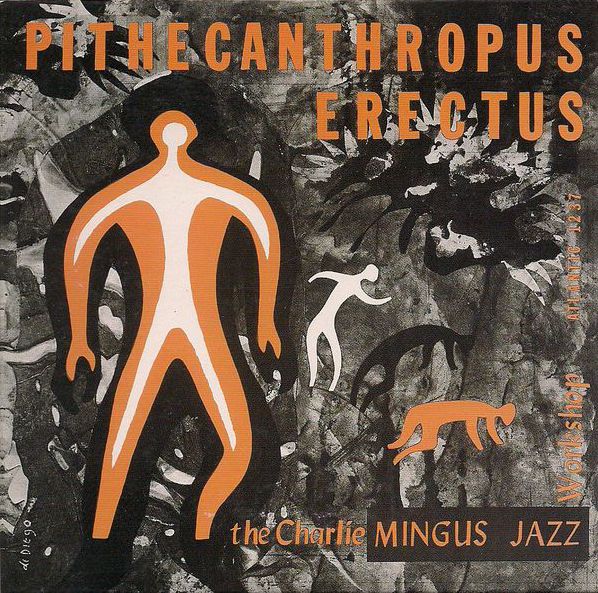
212
Despite becoming known as one of the most talented sidemen in jazz, Charles Mingus had done little to distinguish himself as a bandleader prior to 1956’s Pithecanthropus Erectus. It was that album – and its haunting title track – that would usher in the most productive phase of his career, and establish Mingus as a truly singular figure in jazz.
“Pithecanthropus Erectus” is an extended tone poem that found Mingus aiming to retrace the evolution – and eventual downfall – of man. His bass line anchors the track, providing a setting that becomes increasingly ominous with each repetition. While this recurring motif was attention-grabbing on its own, the periodic breakdowns into discordance – and the wailing saxophones of Jackie McLean and J.R. Monterose – gave the track a feel best described as “sinister.”
With “Pithecanthropus Erectus,” Mingus made what is generally regarded as his first great artistic statement. His merging of jazz’s avant garde and traditionalist factions would prove to be extraordinarily influential in the years to come, taking the genre to previously unimaginable places.
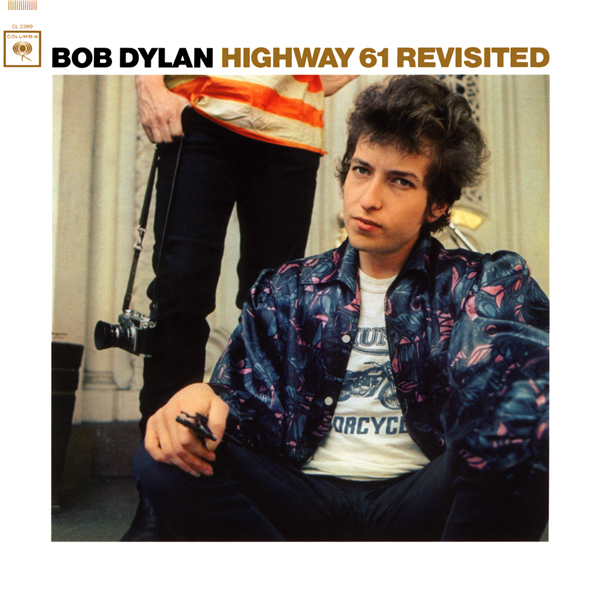
211
Good luck finding a more densely packed set of lyrics than those that make up the ten verses of “Desolation Row.” Filled to the brim with a dizzying series of literary allusions and historical vignettes, the epic track capped off Bob Dylan’s masterful 1965 record, Highway 61 Revisited, and raised the bar for pop poeticism in the process.
There’s little in the way of linear narrative to “Desolation Row,” but despite Dylan’s windingly surrealistic lyrics, the song does a remarkable job in capturing a piercing sense of despondency. The intimate portrayal of his many subjects is aided by the song’s sparse arrangement and the romantic guitar flourishes of Charlie McCoy that run throughout the track’s eleven-minute run-time.
As if freed from the constraints of the folk protest scene that had hoped to keep him bottled up for their own consumption, Dylan turned his sights toward something less immediate, but more universal, on “Desolation Row.” His depiction of the colorful cast of heroes, scoundrels, and vagabonds paints a surprisingly vivid – and shockingly complete – portrait of the human condition.
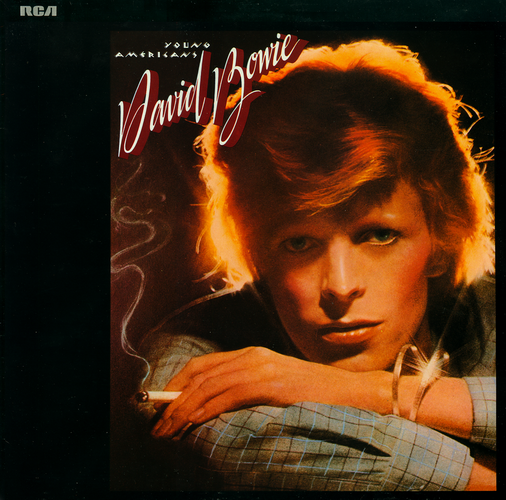
210
David Bowie’s 1970s is the stuff of legend, both personally and (especially) artistically. Never content to stay in one place for too long, Bowie took a chameleonic approach to his work, successfully navigating countless sharp stylistic turns, all while maintaining a remarkable winning streak as a songwriter.
Among the most unexpected of Bowie’s transformations was the one that saw him following-up the corroded mutant funk of 1974’s Diamond Dogs with the slick Philly Soul sounds of 1975’s Young Americans. The album’s title track was easily Bowie’s most convincing moment as a blue-eyed soul singer, and it remains one of the greatest tracks in his celebrated catalog.
It’s easy to get caught up in Bowie’s most innovative work when assessing his legacy, and understandably so. There’s little in the history of pop music that can match the wild creativity of his star-making Ziggy era, or the virtually unprecedented sounds of his vaunted Berlin trilogy. However, the celebratory nature of “Young Americans” is nearly as arresting – just in a wholly different manner. He may have had greater moments as an artist, but as a singer, Bowie never sounded more alive.
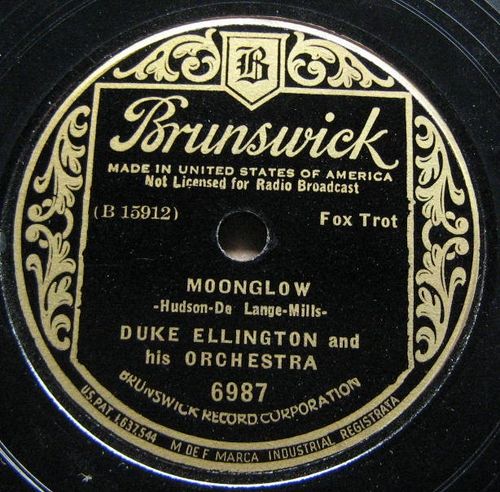
209
One of Duke Ellington’s most alluring ballads, “Solitude” was composed and first recorded near the peak of the Great Depression. Though its sentiment may have fit the malaise of its era, “Solitude” represented far more timeless concerns.
Ellington would return to the track again and again throughout his long career, both in lush arrangements and as a solo piano piece. Despite a number of fine versions, it was his initial 1934 single for Brunswick – a different recording than his better-known contemporaneous release on Victor – that remains my favorite take of one of his greatest songs.
In time, “Solitude” would become a standard – particularly after several of jazz’s most iconic vocalists recorded versions that included the lyrics written by Eddie DeLange and Irving Mills. Billie Holiday, Nina Simone, and Ella Fitzgerald each gave wonderful renditions of the song, but none were able to so effortlessly capture the exquisite seclusion of Ellington’s earliest take.
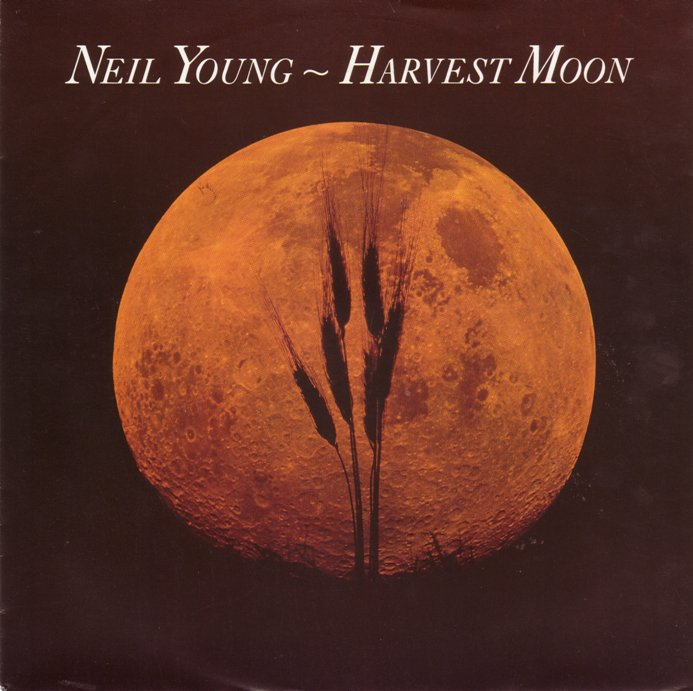
208
Against all odds, one of Neil Young’s greatest moments arrived nearly thirty years into his illustrious career. Conceived as a spiritual successor to his 1972 blockbuster, Harvest, 1992’s Harvest Moon gave further confirmation to an artistic comeback that began with 1989’s Freedom, and its relaxed, easy-going nature made for a particularly welcome listen.
The album’s dreamy title track was not only its highlight, but one of the finest late-era singles by a major artist of sixties’ origin. Harkening back to the country leanings that had marked some of his greatest moments, “Harvest Moon” mixes a heartfelt sentimentality with one of the most achingly gorgeous melodies in Young’s discography.
A modest hit – one that correlated with Young’s billing as the so-called “Godfather of Grunge” – “Harvest Moon” was a testament to his artistic vitality, well into his fourth decade as a recording artist. This is far more than a “good-for-a-late-career” single. It’s simply one of Neil Young’s definitive moments on record.
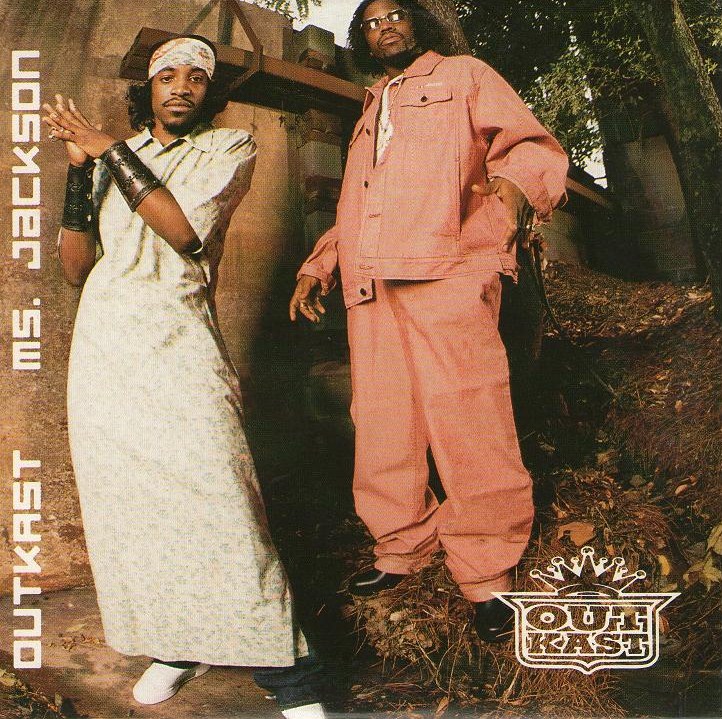
207
OutKast had certainly made a name for themselves on the hip-hop scene by the time that “Ms. Jackson” was released as the second single from 2000’s Stankonia, but this was the track that ultimately broke the Atlanta duo into the wider mainstream consciousness. An inventive production that showcased both the chemistry and artistry of André 3000 and Big Boi, “Ms. Jackson” would become one of the defining rap singles of the early 2000s.
Famously written about the deterioration of André 3000’s relationship with Erykah Badu, “Ms. Jackson” conveys a complex array of emotions, wrapped in the group’s undoubtedly idiosyncratic style. While these elements made it an unlikely candidate for widespread success, “Ms. Jackson” would land OutKast at the top of the Billboard charts in early 2001.
“Ms. Jackson” was merely the tip of the iceberg of a brilliantly innovative album – one that seemed to disregard nearly every contemporary hip-hop convention. While Outkast had even greater commercial success ahead, Stankonia – and its best-known track – represented a point in which their ambition and appeal met in perfect equilibrium.
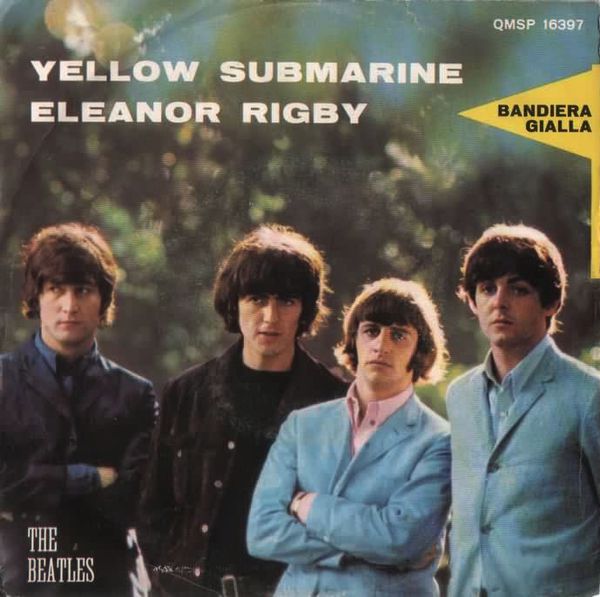
206
By 1966, The Beatles had diverged from their electric guitar-bass-drum format more than most of their peers, but never had they released a track as far removed from their rock and roll roots as “Eleanor Rigby.” Situated as the second song on Revolver, the baroque pop confection provided the first glimpse into that album’s stunning eclecticism.
Written by Paul McCartney – and perhaps subconsciously inspired by a grave on the grounds of Liverpool’s Saint Peter’s Parish Church – “Eleanor Ribgy” crafts a surprisingly rich narrative in its three brief verses. Strikingly, McCartney opted to forgo the band treatment, and instead worked with producer George Martin to elevate the song to the cinematic aspirations that his lyrics demanded.
Despite its unconventional nature, “Eleanor Rigby” would become one of the defining tracks of The Beatles’ career, and – despite the rarity of the band releasing an album cut as a single – a number one hit to boot. Its success would push the group’s contemporaries on both sides of the Atlantic to pursue a wider sonic palette, and help usher in a wildly inventive era for popular music.
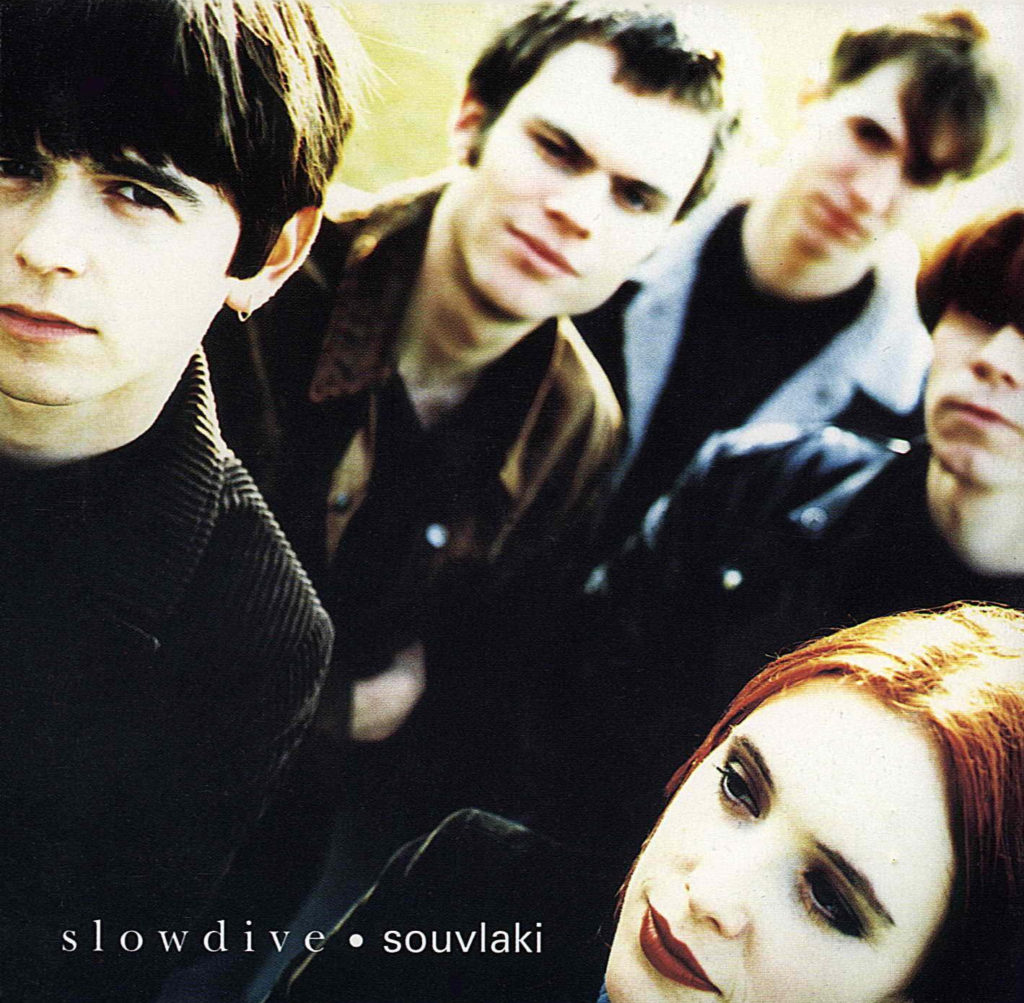
205
With 1991’s Loveless, My Bloody Valentine crafted the definitive shoegaze album. However, it was their contemporaries in Slowdive that perfected the genre in song form. The lead track to the group’s sophomore album, 1993’s Souvlaki, “Alison” is unmatched in its breathtaking combination of beauty and noise.
A plea for lucidity, “Alison” is cloaked in layers of heavily-reverberated guitars – a wholly different take on Phil Spector’s so-called Wall of Sound, but no less enveloping. Neil Halstead’s vocals – and the chorus harmonies of Rachel Goswell – are just barely clear enough to cut through the mix, but the abstraction only makes them more effective.
We’re to the point of this list where you have to look really hard to find anything wrong with these songs, but I will say, there’s something that I’ve always found a bit frustrating about “Alison.” Fifteen seconds after the last chorus ends, the track begins a long, slow fade, just as the cacophony of sound begins to reach a peak. Every single time I hear it, I wish it would stretch just a little bit further into the infinity that it evokes.
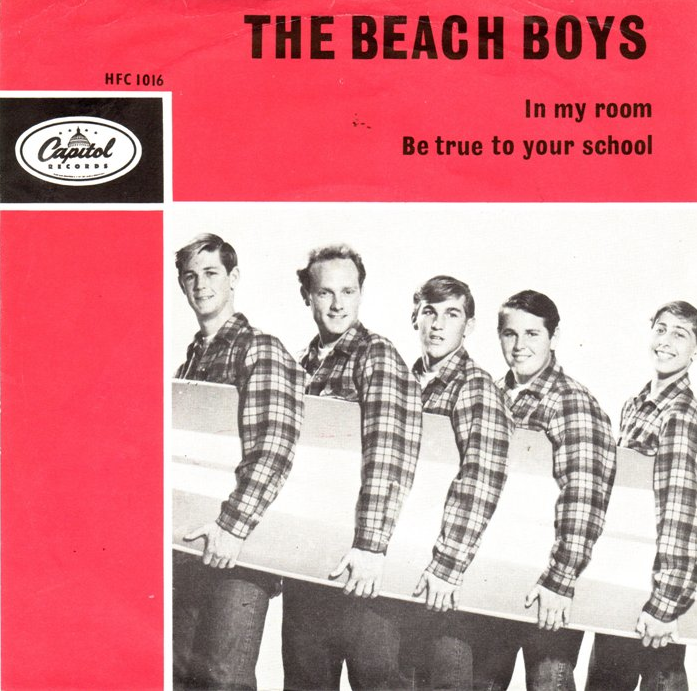
204
It’s easy to forget just how special The Beach Boys were from the very beginning. There was little precedent for a fully self-contained pop group when the Hawthorne, California band hit the scene in early 1962, and even if their earliest recordings sound rudimentary compared to what soon followed, Brian Wilson’s sense of arrangement and harmony was remarkable from the outset.
With that said, there was nothing in the group’s earliest recordings – even early takes of Wilson’s ballad “Surfer Girl” (#467) – that could have adequately primed listeners for “In My Room.” Featuring their most gorgeous harmonies to date, the highlight of the Surfer Girl LP added stunning dimension to the group’s already impressive sound.
Beyond the track’s considerable musical merit, “In My Room” was also a lyrical breakthrough for Wilson, who co-wrote the track with his friend and frequent collaborator Gary Usher. It was on this song that Wilson’s introspective side – the one that would reach peak level on 1966’s glorious Pet Sounds – truly started to emerge. As he describes his sanctuary from the outside world – a world whose most immediately threatening element often stood just outside his own door – Wilson sings with a sincerity that remains nothing short of arresting.
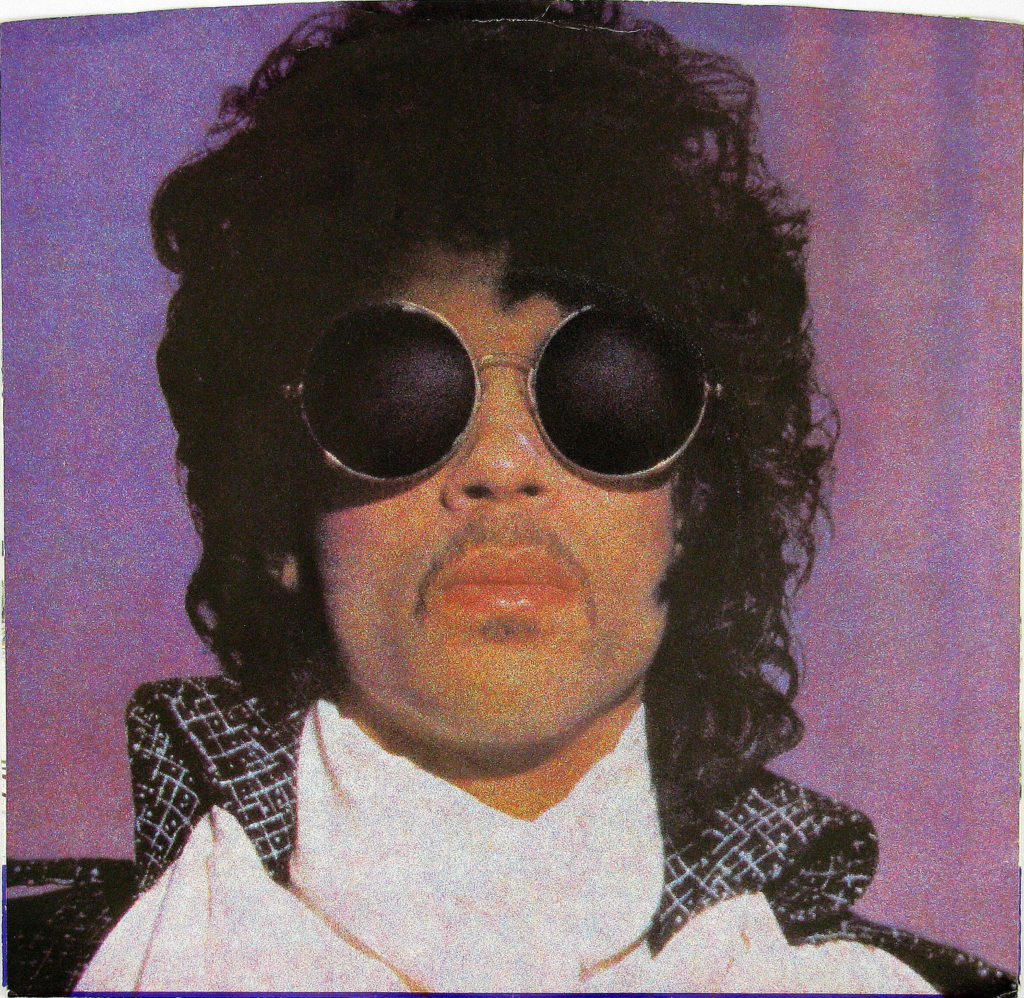
203
The centerpiece to Prince’s Purple Rain soundtrack, “When Doves Cry” was a smash hit that topped the American charts for five weeks in the summer of 1984. Alongside the concurrent film, it helped transform the Minnesota native into a global icon, and remains his most widely beloved track.
For all of its largely unparalleled success, “When Doves Cry” is a surprisingly unconventional song; for instance, how many listens did it take you to realize that it doesn’t even have a bass line? Prince performed all the song’s instrumental parts himself – by that point, a standard practice for the singer-songwriter-producer – which helped to give the track an idiosyncratic feel that was both of its own indulgent times, yet anachronistic in its commitment to minimalism.
Prince was a truly unique talent – one who reflected the times as much as he shaped them. Few albums better define the pop scene of the eighties better than Purple Rain, and – despite many listeners’ fondness for the record’s epic title track – “When Doves Cry” stands as its most striking moment.
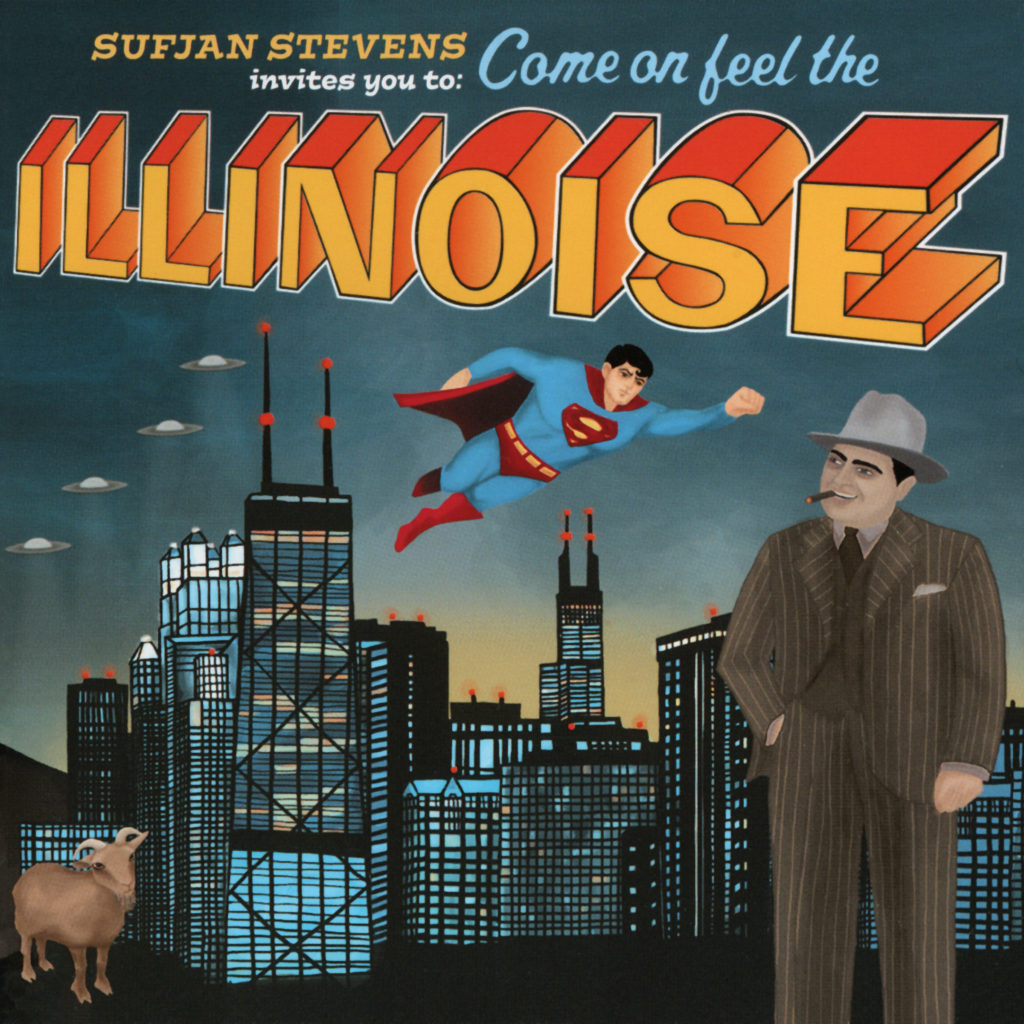
202
Sufjan Stevens became known in indie circles based on the strength of his 2003 album, Greetings from Michigan. Billed as the first entry in an ambitious Fifty States Project – which Stevens later dismissed as a publicity stunt – the album displayed his ability to weave revealing character studies and geographic references into deeply affecting songs. For his second state-inspired LP, Stevens expanded his scope, and achieved a breakthrough in the process.
Despite no shortage of competition, “Chicago” stands as the most impressive track on 2005’s Illinois. Set against a backdrop of warm strings and brass, the song finds Stevens alternating between hushed introspective verses and a chorus that remains his most triumphant to date. Set near the album’s halfway point, those celebratory choruses provide a much-welcome propulsive quality to an often-reserved – and rather long – record.
“Chicago” brought Sufjan Stevens to a new level of acclaim and recognition – aided by its placement in the 2006 film, Little Miss Sunshine. In the years since its release, Stevens has remained one of the most compelling songwriters in contemporary music, and his signature track still manages to draw new attention to a deeply rewarding catalog.
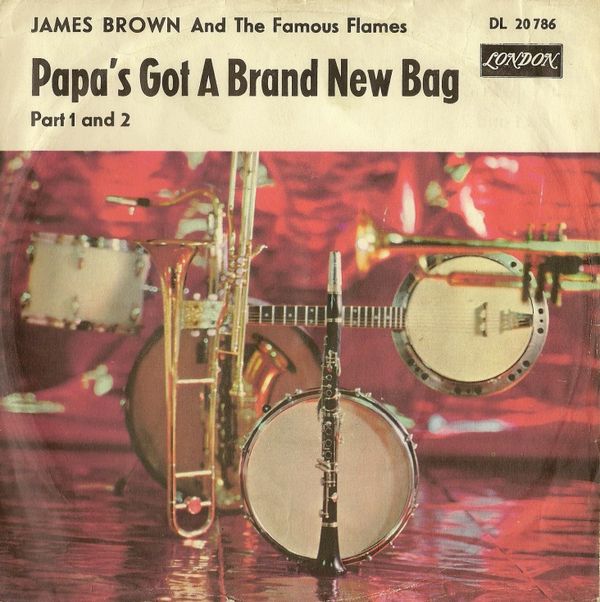
201
One of the most revolutionary figures in the history of American music, James Brown stood at the crossroads of soul and funk, and would be a foundational influence on multiple generations of artists in a range of genres, from rock to hip-hop. Of all the tracks in his superlative body of work, this 1965 single stands out as the best.
“Papa’s Got a Brand New Bag” sounds like little less than the birth of funk, with its tightly-wound rhythm outshining anything in Brown’s already-legendary back catalog. Every instrumental element is worthy of mention, but I’ve always been particularly partial to the shimmering guitar chords of Jimmy Nolen, which provide a bridge between the song’s verses and its iconic horn stabs.
Of course, James Brown would always remain the star of his own show. Despite the elemental impact that the instrumental backing of “Papa’s Got a Brand New Bag” would have on the nascent funk scene, it was Brown’s shouts, calls, and summons to the dance floor that would have an even greater effect on all that would follow.


